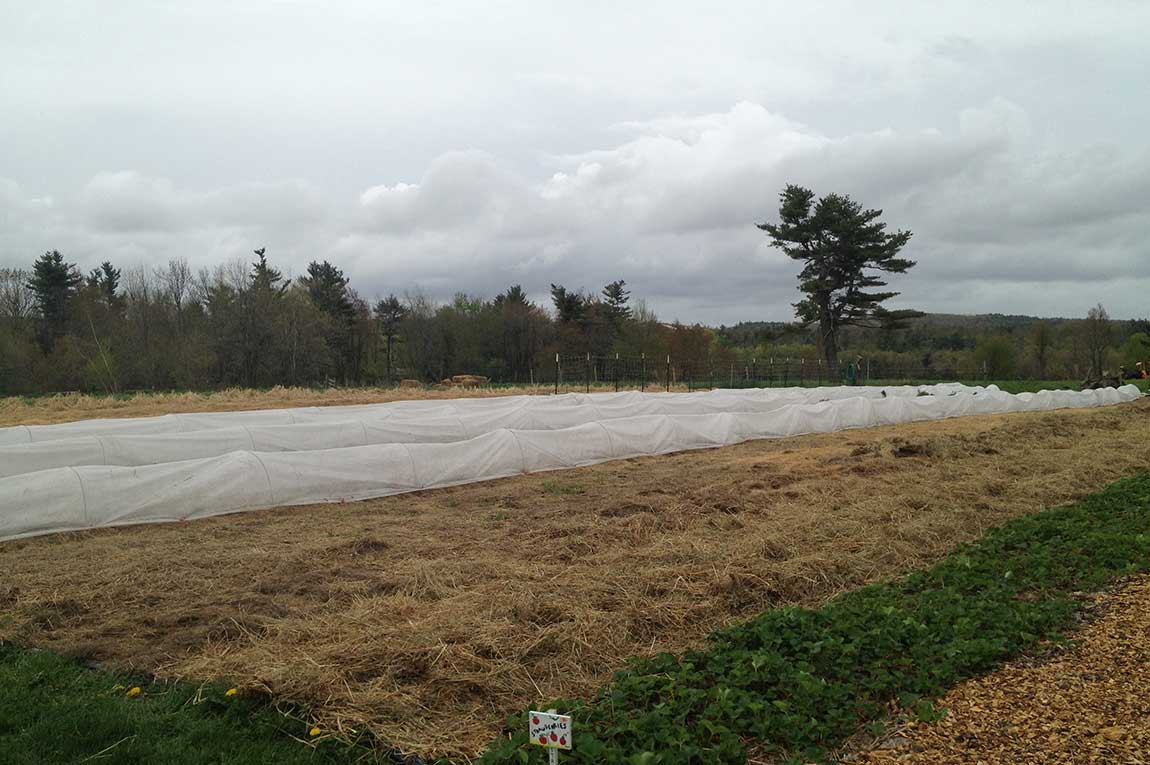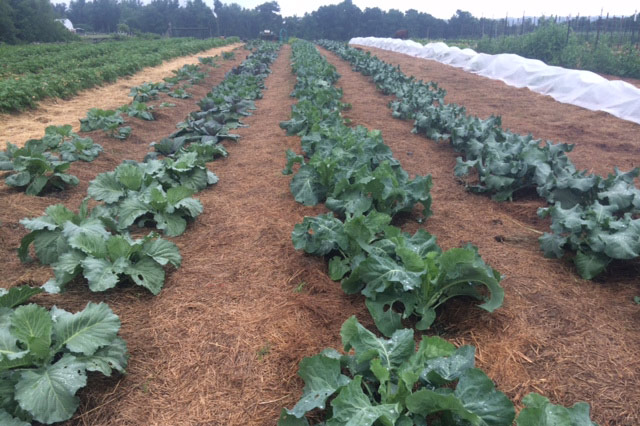Walking outside from the kitchen to the garden in search of juicy tomatoes, refreshing cucumbers and crunchy carrots is one of the delights of home gardening. Sometimes, however, the vegetables can be harder to find than we’d like if weeds have set in despite all of our best intentions to keep them at bay.
Weeds are plants that grow anywhere we don’t want them— a volunteer potato plant from last season can even be called a weed if it’s growing in the cabbage patch. However, many weeds are edible and packed with nutrition. Dandelion, pigweed, chickweed, lambs quarters and purslane all make great additions to salads, soups and smoothies.

Weeds also serve a critical function in nature. Look around outside: do you see bare soil? Hopefully not! All around us the earth is covered with grasses, brush, trees, understory plants, moss, fallen leaves, etc. It can take 100-500 years to make just one inch of topsoil, so Mother Nature protects this precious resource by covering it with plants; in our gardens, these are the weeds.
Read an interview with an author who knows how we can protect our precious topsoil.
Despite their important role, weeds compete with our vegetables, fruit, flowers and herbs for nutrients and water. They also compete for our time and energy, which for the subsistence farmer or market grower in particular makes a huge difference in yield, profit and success.

At Heifer Farm we practice weed prevention. Following nature’s example, we place a thick layer of mulch over the soil with mulch hay, cardboard and cover crops. You could also use straw, seaweed, salt marsh hay, leaves, pine needles, wool, newspaper, old t-shirts—basically anything naturally derived that you have around!
All of these methods prevent weeds by blocking the sunlight so they never have the chance to grow. Remember, weeds are strong and can find their way through concrete cracks on the sidewalks, so aim for at least two-inches of compacted material when you place the mulch down to ensure its effectiveness. You will also need to reapply the mulch as it decomposes. When it’s time to plant you simply make a hole through the mulch for your seedling. It’s as simple as that!
Understanding weeds and their purpose allows you to work with nature to prevent them instead of fighting them. As the adage goes, work smarter, not harder. Try mulching as much as possible and cultivating when necessary for closely spaced crops for a garden that is beautiful, easy to work in and gives your plants a competitive edge.
As always, send any questions to liz.joseph@heifer.org and consider supporting sustainable farming for family farmers around the world.
